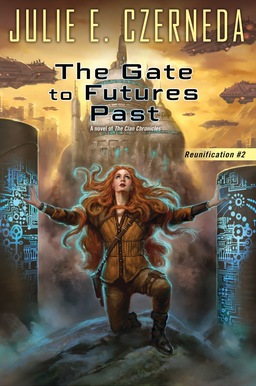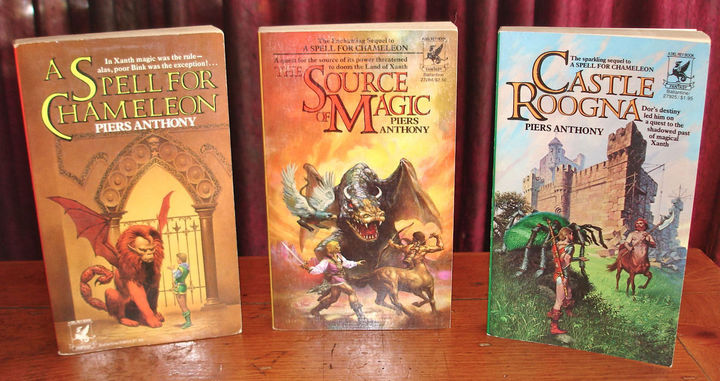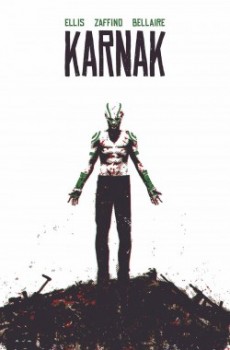The Public Life of Sherlock Holmes: The Master Plot Formula (per Lester Dent)
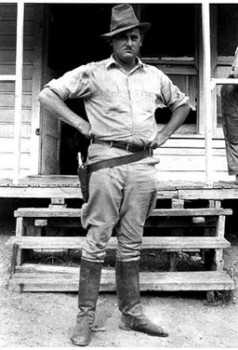 Lester Dent was a prolific pulp author, best remembered for creating the adventure hero, Doc Savage.
Lester Dent was a prolific pulp author, best remembered for creating the adventure hero, Doc Savage.
And speaking of Doc Savage, there is currently a Shane Black film project to star Dwayne ‘The Rock’ Johnson as The Man of Bronze. Hopefully it will introduce Savage and Dent to a new generation.
The Doc Savage stories were published under the house name of Kenneth Robeson, which is a reason Dent’s name isn’t as well-remembered as it should be.
Dent cranked out 159 Doc Savage novels, but he also wrote hundreds of short stories for the pulps across several genres, including war, westerns and mysteries. The John D. MacDonald fan (which should be everyone!) might want to check out his two Oscar Sail stories for a little hint of Travis McGee. “Sail” is included in the massive (over a thousand pages!) anthology from Otto Penzler, The Black Lizard Big Book of Black Mask Stories.
Will Murray (whose name you’re going to be seeing again here at Black Mask very soon) compiled a thorough bibliography, and it includes a very nice intro about Dent.
Dent, who died in 1959, a few weeks after suffering a heart attack, left behind a master plot formula for generating 6,000 word short stories. I’m going to let you read it below, in full, then give you some comments related to it from one of the top fantasy authors of all time.
This is a formula, a master plot, for any 6000 word pulp story. It has worked on adventure, detective, western and war-air. It tells exactly where to put everything. It shows definitely just what must happen in each successive thousand words. No yarn of mine written to the formula has yet failed to sell. The business of building stories seems not much different from the business of building anything else.
Here’s how it starts:
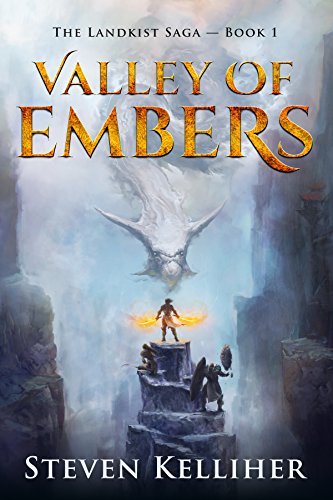
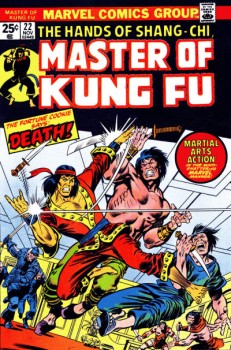
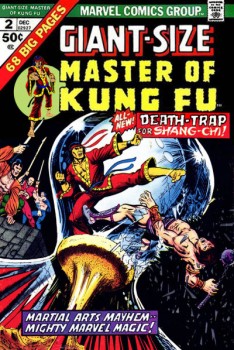
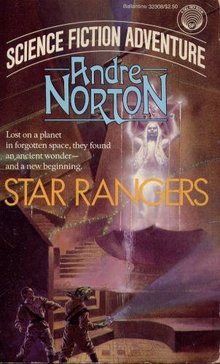 It’s been my experience that Andre Norton is extremely popular among women of my generation, those who grew up reading SF when there were few women writing, and even fewer female protagonists. When I was looking at Norton’s Witch World
It’s been my experience that Andre Norton is extremely popular among women of my generation, those who grew up reading SF when there were few women writing, and even fewer female protagonists. When I was looking at Norton’s Witch World 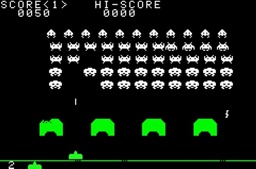

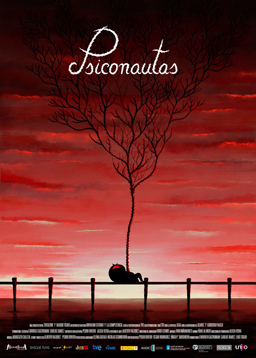 There was one movie scheduled at Fantasia on Thursday, July 21 that I was determined to see: a science-fiction anime called Harmony (Hamoni). Since I had time free beforehand, I decided I’d first head to the festival’s screening room to watch something I’d missed or would be unable to see later. There, I looked over the selection available and settled on Psychonauts, the Forgotten Children (Psiconautas, los niños olvidados), an animated film from Spain. I liked the idea of a double feature of two very different cartoons.
There was one movie scheduled at Fantasia on Thursday, July 21 that I was determined to see: a science-fiction anime called Harmony (Hamoni). Since I had time free beforehand, I decided I’d first head to the festival’s screening room to watch something I’d missed or would be unable to see later. There, I looked over the selection available and settled on Psychonauts, the Forgotten Children (Psiconautas, los niños olvidados), an animated film from Spain. I liked the idea of a double feature of two very different cartoons.